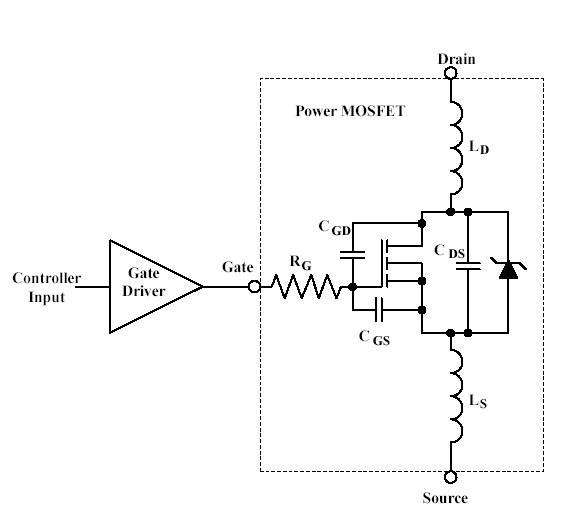I'm currently trying to learn and understand about creating an H-Bridge using two half bridge drivers. The half bridge drivers I have are IR2184.
I found a circuit diagram someone else has designed using the same driver ICs but I have some questions about it.

I've seen several similar circuits where resistors are placed in line with the gates of the mosfets - What are those resistors for?
Also on the circuit above the designer has placed some diodes parallel to those resistors. Is there a reason for doing that?


